Maximum Damage: The Backfire
The last post covered the Omni take on a Disadvantage. Today, we’re diving into a new, hyper-efficient argument: the Backfire.
Backfire: A Detriment claiming that the plan creates a bad consequence inside the intended effect area.
Barrier: What's in the status quo that keeps the plan from working.
This is the Backfire analog of the DA Brink, which is focused on a vulnerability in the status quo: “We’re on the cusp of disaster!” The Barrier looks at what the Plan is trying to do, then says: “There’s something in the way that will make you fail.” Traditional policy theory would probably tell you to run this as an off-case solvency argument. Backfires will inflict far more damage.
Harm: Angry Mom. Mom is mad at me for lying to her.
Plan: Yell at Mom. Get up in Mom’s face and shout that I love her and she needs to be grateful for that.
Barrier 1: Mom Demands Respect. Mom hates being yelled at and doesn’t tolerate rudeness.
Barrier 2: Short Fuse. When people are angry, additional triggers have an increased effect.
Barrier 3: Already Mad. Mom is already angry, as the aff pointed out.
Note that only the 3rd Barrier would really make sense as a DA Brink. This is one of many reasons that it’s better to use Backfires instead of lumping everything into the DA class. Backfire structure is much clearer.
Failure: Why the Plan doesn’t surmount the Barrier.
Or, to put it simply: “What’s wrong with the plan.” This is the Backfire analog of the Link.
Failure: Antagonize Mom. The Plan suggests that we do the very thing Mom hates.
Impact: The Plan produces an inverse of its intended Benefit.
Barrier + Failure = Impact.
Remember, Backfires happen in the intended effect area. That means the affirmative has already run a Benefit about it. The aff is claiming that they can improve Mom’s bad mood. A DA would say that improving her mood isn’t worth the unintended consequences. The Backfire says that the plan will actually make Mom’s mood worse.
Impact: Even Madder. When it comes to Mom’s mood, the Plan is worse than doing nothing.
The impacts don’t have to match exactly. The aff might be claiming +$10 dollars, and your Backfire may only claim -$5. It’s still a Backfire if you’re claiming that the result is to lose the thing the Plan was trying to gain.
Let’s look at some more examples.
Harm: COVID Cases. COVID-19 infections are on the rise all over the country.
Plan: Stop testing. Effective immediately, we’ll stop testing anyone for COVID.
Barrier: Invisible illness. COVID exists even if you don't test for it.
Failure 1: False Empowerment. Without tests, people who have been infected will keep going out in public.
Failure 2: Less Data. Without tests, scientists will have a harder time tracking and learning about the disease.
Impact: More Cases. Rather than fixing the COVID problem, the Plan will make it spread even faster.
Harm: You are Poor. You can barely afford the essentials.
Plan: Open a Restaurant. Build a fancy new Mexican restaurant using a small loan from the bank.
Barrier 1: Expensive Opening. Buying the land, then designing and building a restaurant will involve a massive up-front expenditure.
Barrier 2: Labor Costs. Paying the cooks and servers will cost a lot of money every day.
Barrier 3: Utilities. You’ll have to pay for electricity, water, and so on.
Barrier 4: Pandemic. COVID-19 has caused a steep drop in demand for dine-in restaurants. It’s a terrible time to start a new one.
Barrier 5: Delayed Profits. Most successful restaurants operate in the red for the first few years, according to the latest issue of Don’t Open a Mexican Restaurant Magazine.
Barrier 6: Probable Failure. Most fancy new Mexican restaurants go out of business before they ever turn a profit, according to Dapplewood’s Big Book of Bad Ideas.
Barrier 7: Bad Credit. You might be able to get a loan, but it will have a terrible interest rate. And you definitely won’t be able to come back for a second loan.
Failure 1: Dine-In Focus. The Plan is focused on creating a fancy on-site dining experience - the exact thing that is in least demand right now.
Failure 2: Insufficient Funds. The proposed loan wouldn’t be enough to cover operating at a loss for long.
Failure 3: Bad Site. The Plan builds the restaurant in a run-down area with low foot traffic and bad parking.
Impact 1: Out of Business. The restaurant will go out of business within 2 years.
Impact 2: Destitution. You’re already struggling to pay your bills. The last thing you need is a big monthly interest payment due for the loan on your failed restaurant.
Notice that the Barriers are all about things in the status quo; things the Plan didn’t account for. The Failures are about flaws in the Plan itself. The Impacts show the final result. In this Backfire, the first Impact sets up the next one, connecting all the way back to the original Benefit of poverty.
Backfires are hyper-efficient defense bundled into the same space as offense. They pull a Benefit out of the affirmative case and insert it into the negative case. While there are other ways to do that - especially in Value debate - there is no other argument class specifically devoted to doing that. That makes them the most efficient argument in any debate ecosystem, even exceeding value resolutional objections.
The last Detriment is coming up next!
